Industry information
Company News
- Fluorocarbon aluminum veneer: a fashionable new favorite in the construction industry
- Fluorocarbon aluminum veneer reveals the "fashionable coat" of modern architecture
- Aluminum veneer: an aesthetic weapon for modern architecture
- Punched aluminum veneer: a creative tool for architectural aesthetics
- Aluminum New Fashion: Punched Aluminum Veneer, Unlimited Creative Space
Industry dynamics
- Fluorocarbon aluminum veneer: the new favorite of aluminum materials, a new trend in construction
- Aluminum veneer curtain wall: the fashionable coat of modern architecture
- Aluminum veneer customization, a new choice for personalized space
- Fluorocarbon exterior wall aluminum veneer protection for building appearance
- Production and processing process of curtain wall aluminum veneer
Frequently asked questions
- Can the insulation function of aluminum veneer be long-lasting and effective?
- What are the maintenance methods for aluminum veneer?
- Can aluminum veneer be applied to the exterior design of sports buildings?
- Is the use of aluminum veneer limited by geographical environment?
- How sustainable is aluminum veneer?
contact us
Mobile:+86 15627778610
Email: 2201229786
Address: No. 5 Binjiang Road, High tech Zone, Zhaoqing City, Guangdong Province
Creating excellent architectural designs with aluminum veneer
- Author: Xinlongtai Aluminum Industry (Guangdong) Co., Ltd
- Release time: 2022-02-28 04:04:13
- Click:0
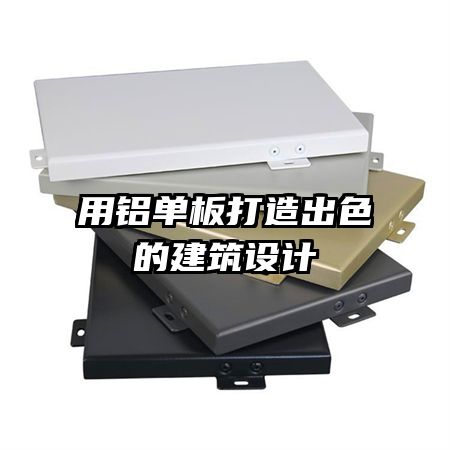
useAluminum veneerCreate excellent architectural design
Abstract: Aluminum veneer, as a new type of building material, has the characteristics of lightweight, durability, and strong plasticity, and is widely used in architectural design. This article will elaborate on the advantages of using aluminum veneer to create excellent architectural designs from four aspects.
1、 Material Innovation
1. The lightweight characteristics of aluminum veneer make building design more flexible and diverse. Compared to traditional materials, aluminum veneer is lighter in weight, easier to install and transport, allows for larger span designs, and reduces the load on building structures.
2. Aluminum veneer has good plasticity and can be bent, folded, and shaped according to the architect's design intention, achieving a more unique architectural appearance. This plasticity can also meet the needs of different architectural styles and themes, providing more design possibilities.
3. The durability of aluminum veneer is one of its important advantages in architectural design. It has characteristics such as corrosion resistance, UV resistance, and pollution resistance, which can maintain long-term beauty and stability, reduce maintenance and replacement costs.
2、 Environmentally friendly
1. Aluminum veneer is a recyclable material that conforms to the concept of sustainable development. The use of aluminum veneer in architectural design can reduce the consumption of natural resources, minimize waste generation, and lower negative environmental impact.
2. Aluminum veneer has good thermal insulation performance, which can effectively reduce energy consumption. Its surface coating can reflect heat, reduce heat absorption inside the building, improve indoor comfort, and reduce air conditioning energy consumption.
3. The installation process of aluminum veneer does not produce harmful gases and pollutants, and has no negative impact on the construction site and surrounding environment. This is in line with the trend of modern architecture pursuing green and environmental protection.
3、 Design inspiration
1. Aluminum veneer can meet the personalized needs of architectural design through different surface treatments and color choices. It can achieve various appearance effects such as metallic texture and wood grain effect, providing architects with more design inspiration.
2. The plasticity and processability of aluminum veneer enable architectural design to achieve finer details. Various patterns and designs can be created through cutting, punching, and other methods to enhance the artistic and unique appearance of the building.
3. Aluminum veneer can also be combined with other materials such as glass, stone, etc. to create a more diverse and rich architectural appearance. This combination of materials can achieve contrast and coordination between different materials, enhancing the overall beauty of the building.
4、 Economic benefits
1. Aluminum veneer has a long service life and low maintenance costs. Compared to traditional materials, aluminum veneer has stronger durability and is less susceptible to oxidation, corrosion, and other effects, reducing the frequency and cost of maintenance and replacement.
2. The installation speed of aluminum veneer is fast, which can shorten the construction period and reduce labor and time costs. This has significant economic implications for large-scale construction projects.
3. Aluminum veneer has a relatively low price and is suitable for construction projects of different sizes and budgets. It provides an affordable and high-quality architectural design solution.
5、 Summary:
The use of aluminum veneer to create excellent architectural designs has advantages such as material innovation, environmental friendliness, design inspiration, and economic benefits. The lightweight, durability, and plasticity of aluminum veneer make building design more flexible and diverse, while meeting environmental requirements. It also provides architects with more design inspiration and has lower maintenance costs and shorter construction cycles, with good economic benefits. Therefore, the application prospects of aluminum veneer in architectural design are broad.

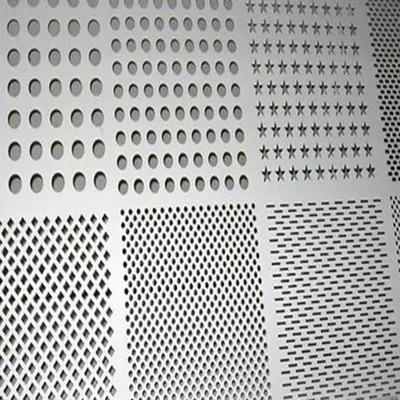
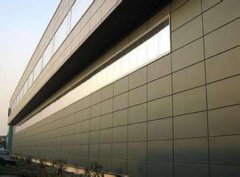
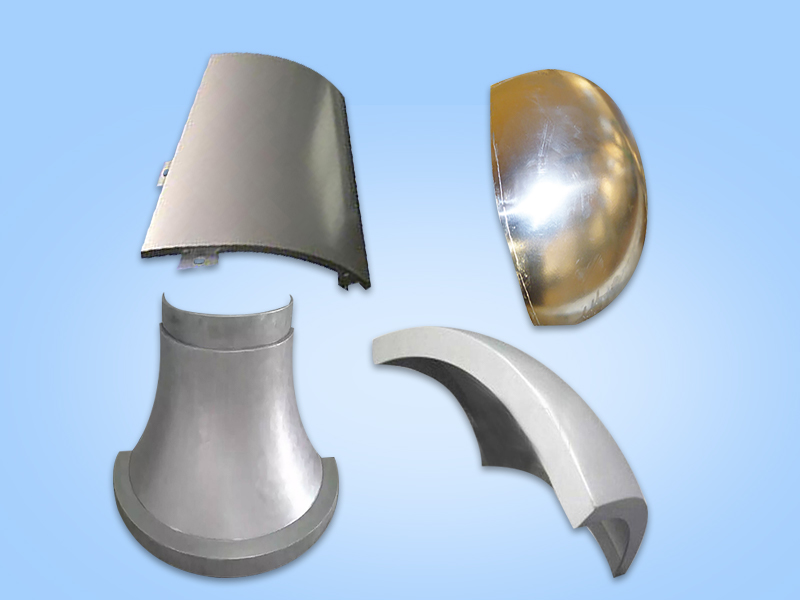
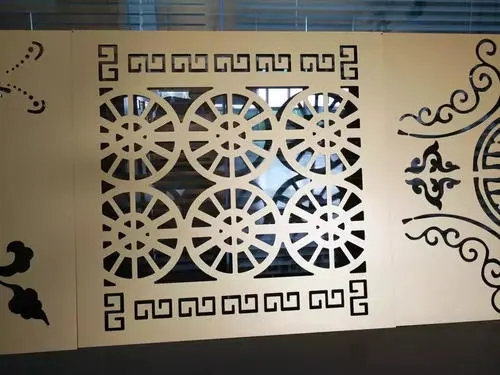

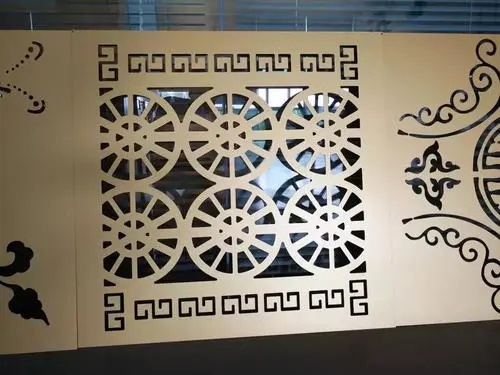
 Customer service QQ
Customer service QQ